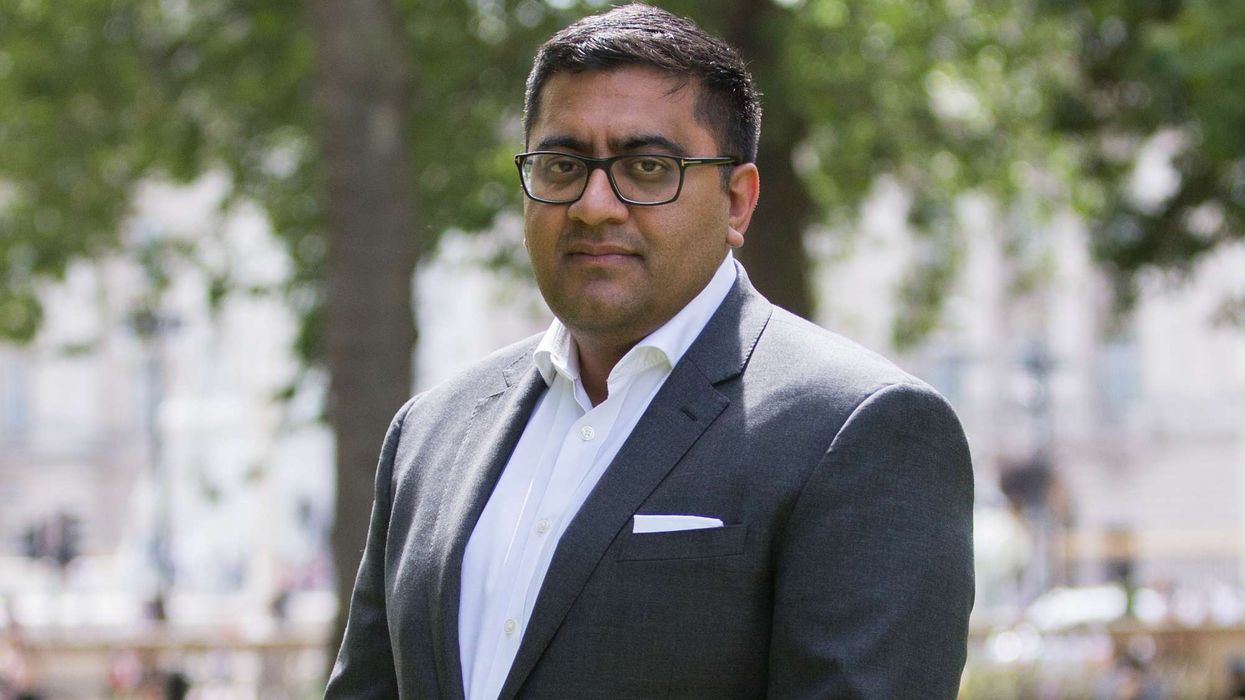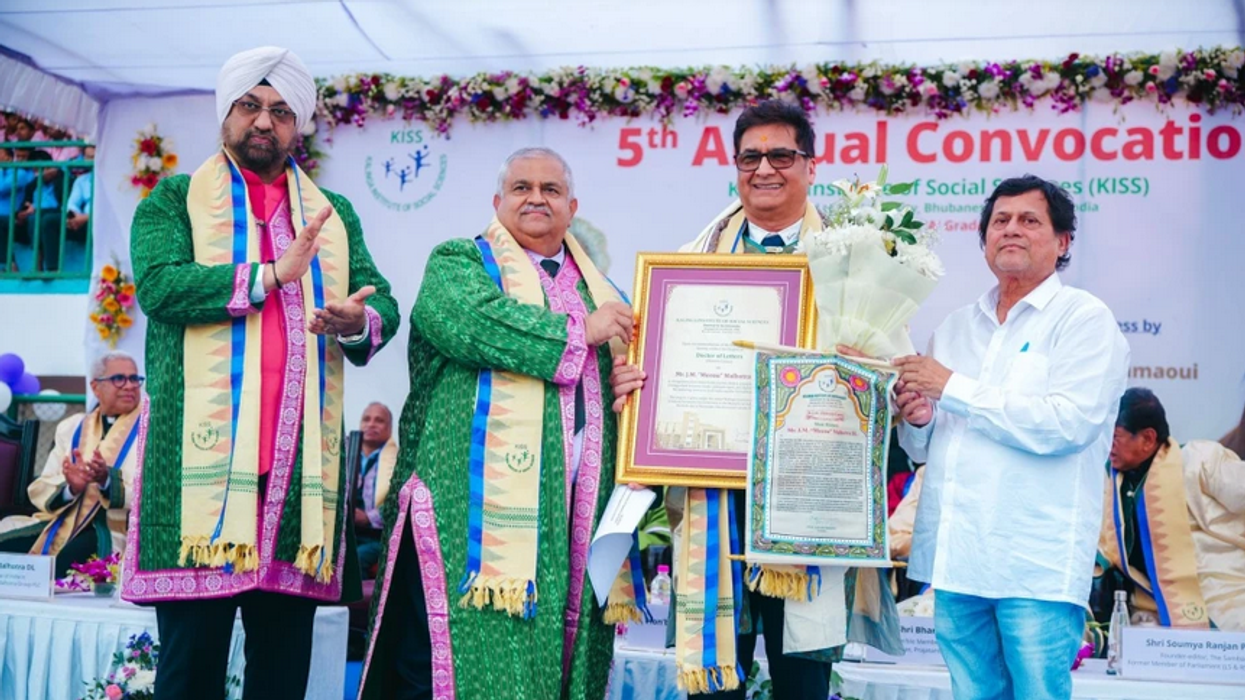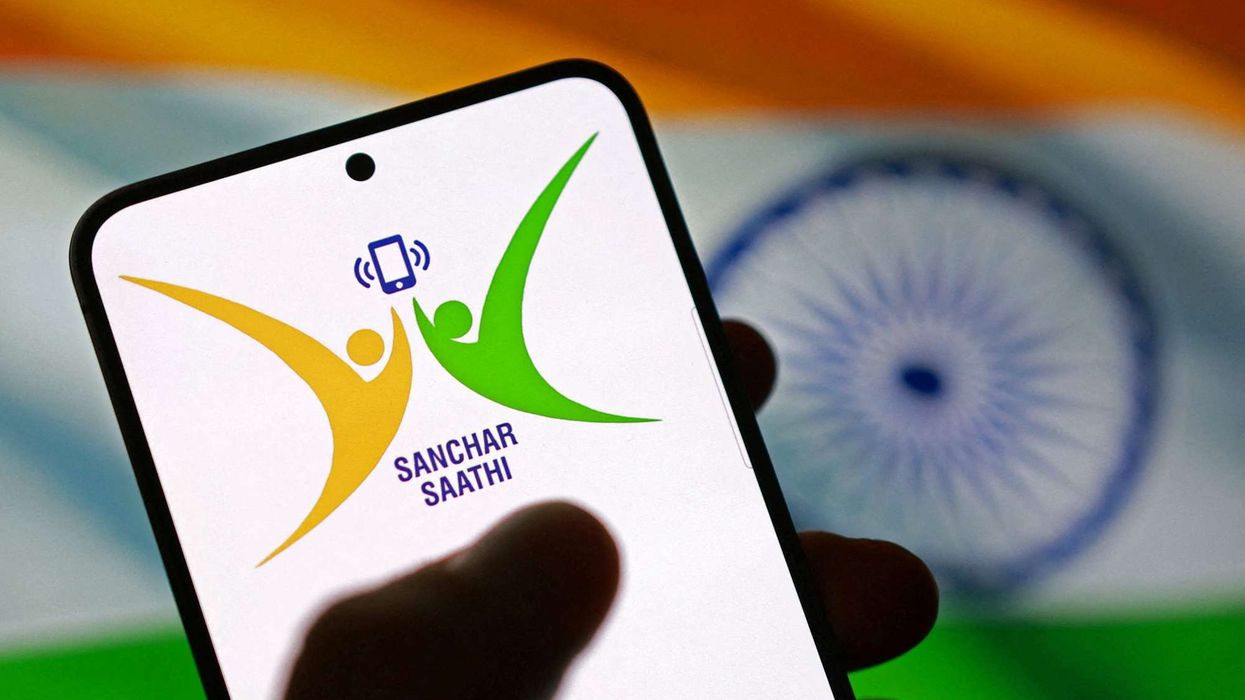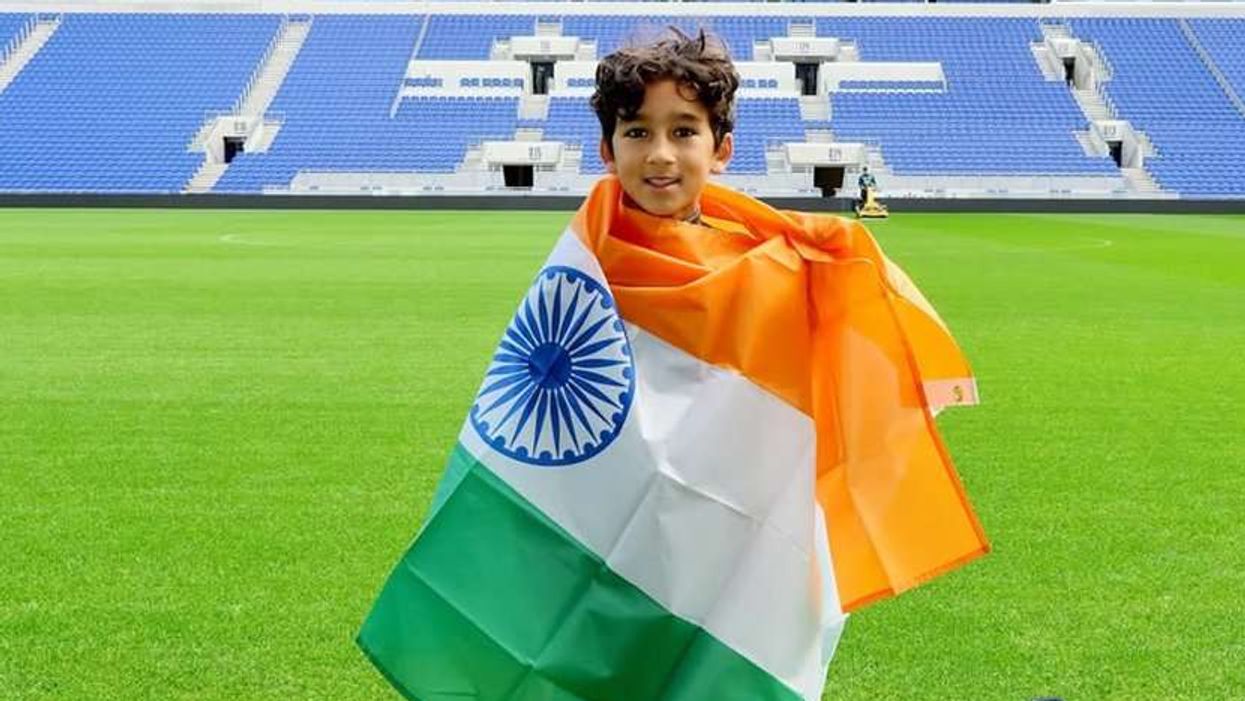US PRESIDENT Donald Trump met Pakistan prime minister Shehbaz Sharif and Field Marshal Asim Munir at the White House to discuss bilateral ties.
Speaking to reporters after signing executive orders on Thursday, Trump said, “In fact, we have a great leader coming, the prime minister of Pakistan coming, and the field marshal (of) Pakistan. Field marshal is a very great guy and so is the prime minister, both. And they're coming.”
This was the first formal bilateral meeting between Trump and Sharif. The last Pakistani leader to meet Trump was Imran Khan in July 2019 during Trump’s first term.
Sharif is in the US for the 80th session of the United Nations General Assembly and will address the General Debate on Friday.
The Oval Office meeting in Washington DC was also attended by vice president JD Vance and secretary of state Marco Rubio, according to a statement from the Pakistan Prime Minister's Office (PMO). The PMO said the meeting was held in a “pleasant atmosphere”.
The meeting, closed to the press, was scheduled to begin at 4:30 pm (local time) but started about 30 minutes later due to Trump’s engagements. It lasted for about one hour and 20 minutes. Photos released later showed Sharif and Munir speaking with Trump, who posed with his thumbs up during a group photo.
Sharif and Trump had earlier met in New York on Tuesday at a multilateral meeting the US president held with leaders from Arab nations and others, including Egypt, Indonesia, Qatar, Saudi Arabia and Turkiye.
Radio Pakistan had reported that the White House talks were expected to cover matters of mutual interest as well as regional and global developments. Sharif arrived at the White House at 4.52 pm and was received by senior US officials. His motorcade left at 6.18 pm, according to the White House pool.
After signing the executive orders, Trump told reporters he had “stopped seven wars”. He repeated the same at the UNGA. Pakistan has nominated Trump for the 2026 Nobel Peace Prize, citing “decisive diplomatic intervention and pivotal leadership during the recent India-Pakistan crisis”.
On May 10, Trump announced that India and Pakistan had agreed to a “full and immediate” ceasefire after a “long night” of talks mediated by Washington. Since then, he has repeated nearly 50 times that he “helped settle” tensions between the two countries.
India, however, has maintained that the agreement to cease hostilities was reached through direct talks between the Directors General of Military Operations of the two sides.
The last Pakistani prime minister to visit the White House was Imran Khan in 2019. Before that, Nawaz Sharif visited in 2015.
Pakistan and the US were Cold War allies and worked together in Afghanistan against the USSR and later militancy. Their ties weakened over differences on the Afghan Taliban. The relationship reached a low when the US killed Osama bin Laden in Pakistan in 2011.
The two countries have now signed a trade agreement under which Pakistani imports will face a 19 per cent tariff. The US will also assist in developing Pakistan’s oil reserves.
According to official figures, US goods and services trade with Pakistan was USD 10.1 billion in 2024, up 6.3 per cent (USD 523.0 million) from 2023. The total goods trade was USD 7.2 billion.
US goods exports to Pakistan in 2024 were USD 2.1 billion, up 3.3 per cent (USD 67.2 million) from 2023. Imports from Pakistan were USD 5.1 billion, up 4.8 per cent (USD 233.9 million). The US goods trade deficit with Pakistan was USD 3 billion in 2024, a 5.9 per cent increase (USD 166.7 million) from 2023.
(With inputs from agencies)













